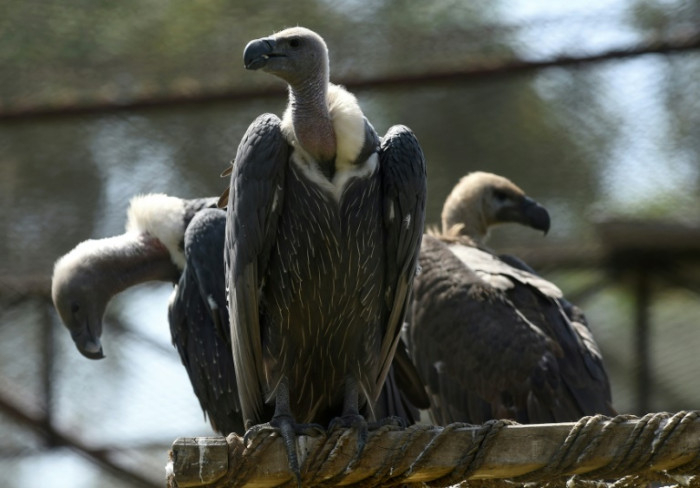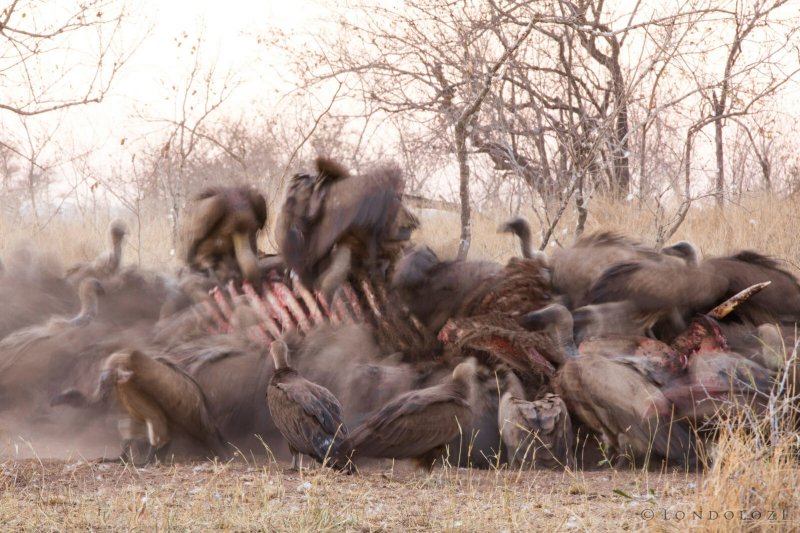Vulture
The next predators of elephants that eat elephants are vultures. A vulture is a predatory bird that feeds on carrion. There are now 23 vulture species (including Condors). Old World vultures contain 16 surviving species endemic to Europe, Africa, and Asia; New World vultures are limited to North and South America and include seven known species, all of which are members of the Cathartidae family. A bald, unfeathered head is a distinguishing feature of many vultures. This exposed skin is supposed to keep the skull clean during feeding and also helps with thermoregulation. In the cold, vultures hunch their bodies and tuck their heads in, whereas in the heat, they extend their wings and stretch their necks. They also urinate on themselves to keep themselves cool. A 'kettle' is a group of vultures in flight, whereas a 'committee' is a group of vultures sitting on the ground or in trees. A vulture 'wake' is a feeding flock of vultures.
Vultures are scavengers, which means they feed on dead animals. Vultures are the only known obligate scavengers outside of the oceans. They rarely attack healthy animals but may kill injured or sick animals. When the hide of a carcass is too thick for the beak to open, it waits for a larger scavenger to devour it first. On battlefields, large numbers have been seen. When prey is plentiful, they feed themselves till their crops bulge, then sit, lethargic or partially torpid, to digest their food. These birds do not feed their young with their talons, but rather disgorge it from their crops. The bearded vulture, which lives in the mountains, is the only vertebrate that specializes in eating bones. It brings bones to the nest for the young and hunts some live food.








